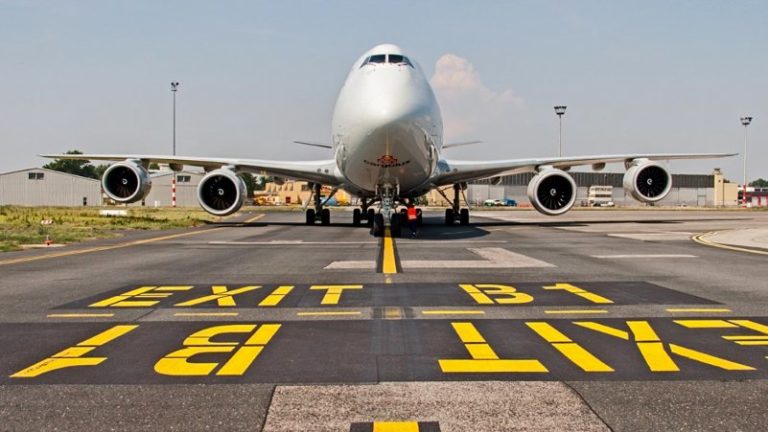The global air cargo market maintained strong growth throughout August 2024, with a 10% increase in tonnage and a 12% rise in rates compared to the previous year, as reported in the weekly data released on September 6, 2024, by WorldACD Market Data. This trend follows a similar pattern observed in July 2024, when the transported weight grew by 13% year-on-year, and rates improved by 10%.
Despite a slight decline in overall tonnage in August compared to July (-2%), average freight rates rose by 1%, reaching $2.49 per kilogram. Rates from Asian markets saw a further 1% increase, reaching $3.26 per kilogram, marking a 22% rise compared to the same period last year. Rates from the Middle East and South Asia also grew by 3%, averaging $2.81 per kilogram, an impressive 58% jump compared to August 2023 levels.
Contract and spot rates for week 35 (August 26 - September 1) continued to rise slightly, bringing the overall average to $2.51 per kilogram. This represents a 13% increase from last year and a significant 46% leap from August 2019, the pre-Covid period.
However, despite the increase in rates, air cargo volumes saw a slight 1% decline on a weekly basis, with reductions originating from North America (-4%), Europe (-2%), the Middle East and South Asia (-1%), and Central and South America (-1%). The drop in volumes from North America is attributed to the Labor Day weekend in the United States and Canada, which led to a 5% reduction in capacity week-on-week, resulting in a 4% drop in tonnage.
Analyzing weeks 34 and 35, both volumes and rates grew by 1% compared to the previous two weeks, driven mainly by a 5% rebound in demand from Asia Pacific origins. Among the most significant changes were a 4% increase in volumes from Asia Pacific to the Middle East and South Asia, and a 5% rise towards Europe. Intra-Asia Pacific traffic experienced a strong 8% growth, with half of this increase attributed to the recovery of traffic from Japan.
Overall, volumes from Asia Pacific origins remained stable on a weekly basis, thanks to a 6% recovery in volumes from Japan, which offset a 2% decline from China. Japan, in particular, showed notable recovery after Typhoon Ampil reduced volumes by 60% in week 33. Despite the improvement, Japanese volumes are still 12% lower than week 32 levels due to the ongoing impact of Typhoon Shanshan, which affected air flows between Japan and South Korea.
In the Middle East and South Asia, political disruptions in Bangladesh, along with issues in the Red Sea region, led to a further spike in spot rates from Bangladesh to Europe, reaching a new record of $5.06 per kilogram. Rates from Sri Lanka also continued to climb, reaching the second-highest level of the year at $3.66 per kilogram.
The strong market performance over the summer suggests a highly intense peak season in the fourth quarter of 2024, characterized by rising rates and reduced available capacity on some key routes, particularly from Asia. In addition to the seasonal surge in demand during the final months of the year, air cargo could see an extra peak driven by e-commerce shipments, particularly from China and Hong Kong, as observed in the last two cycles. Finally, potential strikes at ports on the U.S. East Coast and Gulf could lead to increased sea-to-air freight conversion, adding to the current disruptions affecting the Red Sea region.



































































